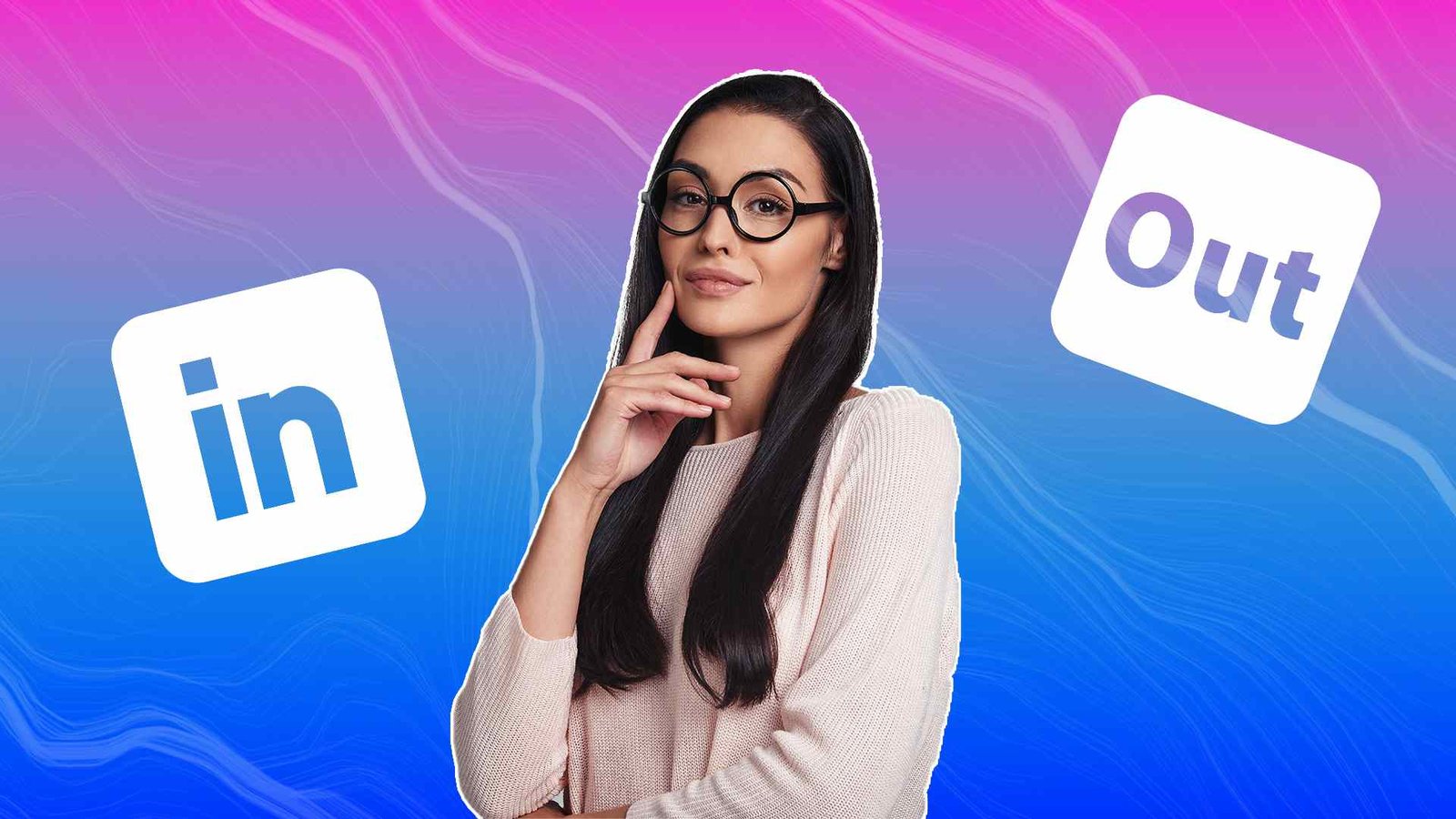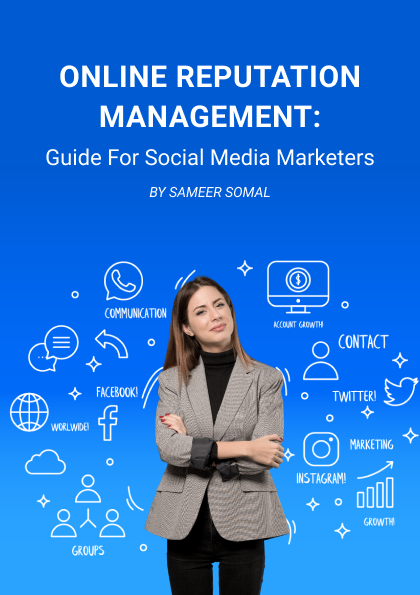Guest contributor: This article was authored by Jo Leonard and originally published at joleonard.com.
As an early adopter (I say this not to boast, but simply to reinforce my tech-cred with my 20-Something clients) I have seen LinkedIn morph from a fairy fly to a fully-grown Titan beetle, which is the largest insect on the planet for the non-entomologists among you. The world’s second largest social network has gone from 20 new members a dayjoining in 2003, to 2 members per second signing-up today! So you may be wondering, “What are they going to do with all those members?
Well, over the past 12 years the answer to that question has changed. The strategic purpose of LinkedIn has evolved.
Here’s some background to get you in the know and to help you figure out whether you want to Love it or Leave it.
In 2007, CEO Reid Hoffman positioned LinkedIn as a tool to “get things done – accomplish tasks.” Its greatest benefit was to become part of the LinkedIn community, where your problems were solved and questions answered appropriately. LinkedIn avoided measuring success by ad revenue; rather they defined success in terms of helping their clients accomplish their objectives. Sounds both practical and altruistic. Love it.
In 2011, they acquired CardMunch, which enabled the LinkedIn network to gobble up business cards and improve membership onboarding efficiency. As a result of the strategic acquisition, their new member growth rate accelerated almost immediately. Last year, CardMunch was dumped in favor of Evernote. Poor CardMunch.
In 2012, Jeff Weiner, CEO, announced the new LinkedIn vision statement. “To create economic opportunity for every member of the global workforce.” It took him until 2014 to articulate his vision in a way we can all understand. He openly shared with his 320 million members that the LinkedIn network “is the future of connection, compassion and the corporation.” Love it.
Under Weiner’s leadership, LinkedIn has “much more deeply embedded itself in modern business and society” and is “changing the landscape in which we all operate.” Techonomy CEO David Kirkpatrick said. “Everybody in this room goes to LinkedIn multiple times a day to see who they’re about to meet or just met.”
And now, with more than half of the world’s 600 million knowledge workers included in its network, Weiner said the company is “operationalizing” that vision statement by asking, “What would it take to create economic opportunity for over 3 billion people?” Great question. Tell me more.
The answer, he said, is to develop the world’s first economic graph, not unlike a social graph, that will use relationships between individuals as building blocks to digitally map the global economy.
He outlined an ambitious 10-year plan: Weiner said LinkedIn intends to acquire 3 billion individual profiles, 70 million company profiles, a digital representation for each of the world’s estimated 20 million jobs, a digital reflection of every skill required to attain those jobs, and a presence for every higher educational institution in the world that enables people to acquire those skills. Wow! He said the platform would facilitate the exchange of professionally relevant knowledge for every individual, company, and university and enable the flow of intellectual, working, and human capital to go where it can best be leveraged. This sharing Weiner said, will “lift and transform the global economy.” Love it.
IMHO that’s a vision of expansive proportions. And we thought LinkedIn was simply a platform to connect with people who might be able to help us. We now see how the long-term potential for LinkedIn to create value and make a multiplicative global economic impact.
So, how are you going to harness the power of your network? With trepidation, nervousness and a little apprehension? Or will you embark with passion and purpose on your journey towards impacting the global economy? How will you benefit from having an “All-Star” LinkedIn Profile, and creating your own networking community?
I asked financial planning industry leader, technology executive and columnist, Marguerita Cheng, CEO of Blue Ocean Global Technology, to share her thoughts on how her team empowers clients with a differentiated LinkedIn presence. She responded with 10 Steps for LinkedIn Success, or as I call it, “10 Ways to Help you Fall in Love with LinkedIn”
1. Display a quality and professional headshot. Perception is reality. This is your online professional presence.
2. Complete your profile. Clients, prospects, partners, and friends may perceive your presence as incomplete if you do not share your experience and skills. Update your profile regularly. Attain an All-Star Profile.
3. LinkedIn is the largest professional network. This is not the venue for inappropriate commentary and sloppiness. Resist the temptation to treat LinkedIn as your professional Facebook.
4. Share and promote great content from your network judiciously. The more quality content you share, the more your network benefits. This is about giving, not taking. Networking is reciprocal. Pay it forward whenever you can.
5. Emphasize quality over quantity. It can be tempting to send 20 LinkedIn requests after a networking event. Develop a plan for engagement and avoid sending generic connection requests.
6. Take the time to build relationships and foster trust. Reinforce social networking on LinkedIn with conversation. Don’t hide behind your computer or smart phone. Coordinate a time to speak over the phone if meeting in person is not possible because of geographic constraints.
7. Share positive feedback with colleagues and friends. Positive energy is magnified on LinkedIn. Support and promote the success of your network.
8. Recognize opportunities. It is never too early to start building your network. People know people.
9. Consider adding the LinkedIn icon to your email signature, website and business card.
10. Incorporate LinkedIn as part of your integrated social media strategy. Consider having a blog and sharing your expertise with your LinkedIn connections.
Naturally, the LinkedIn experience will continue to evolve as the global professional network gains prominence. Generally speaking, when you actively share purposeful content with friends and connections, you strengthen your personal and professional brand equity. The very best LinkedIn members leverage their network and are thoughtful about how they communicate with clients, colleagues, partners and prospects. Effectively utilizing the benefits of the LinkedIn Network and sharing quality content is just one of several core components of an integrated social media and digital marketing plan.
So whether you love the vision of LinkedIn or not, there is much to benefit from this powerful and ubiquitous tool.
Use it wisely and it will serve you well.
Reach out to us to learn how to build a consistent brand that stands out, with expert marketing tips straight to your inbox.
Let us help you in becoming a better marketer. Contact us today!


